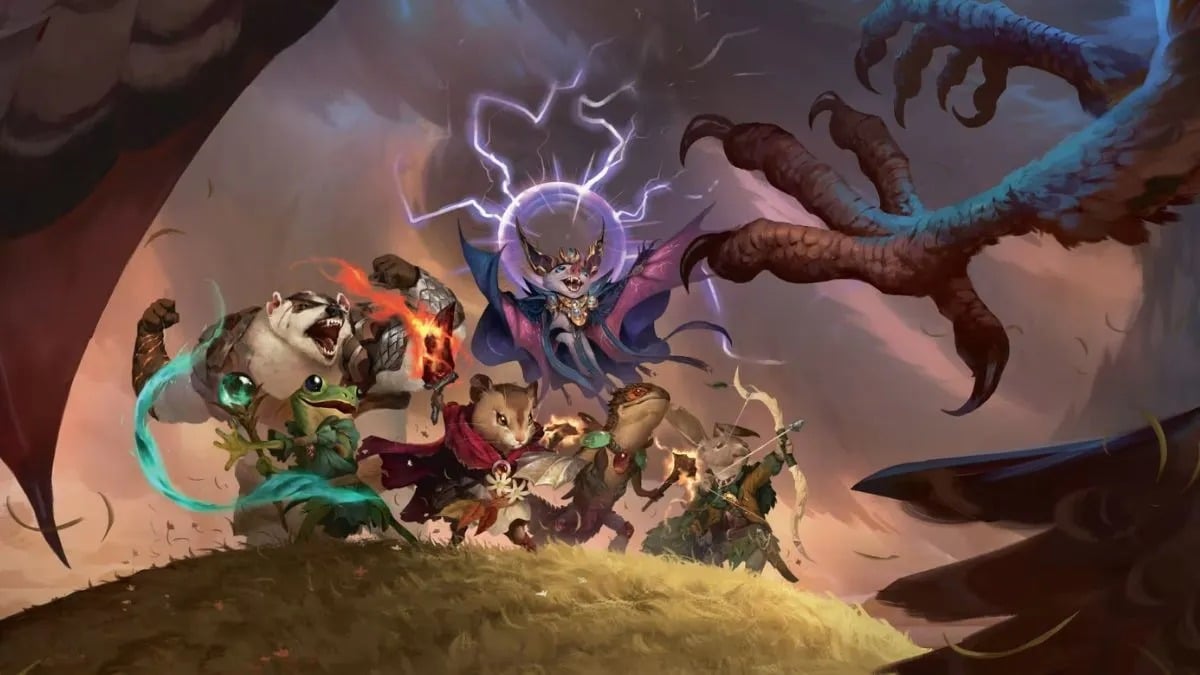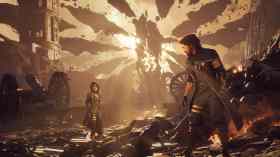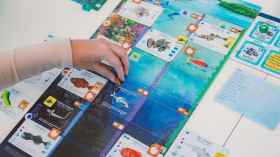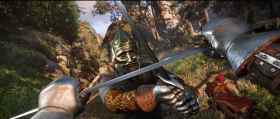Magic: The Gathering‘s new Bloomburrow set is equal parts adorable and frightening, with its many critters boasting deadly abilities and high ramp that makes games of Commander completely devastating. In a round including Zinnia, Bello, and Ms. Bumbleflower Commanders, Zinnia’s offspring-focussed abilities were particularly impactful, as this allowed one player an entire army of tiny beasties, all before anyone else could play defence.
Bloomburrow Commander Decks having a high power level and multiple synergies makes sense, when you think about it. Bloomburrow is a more isolated plane in the world of MTG, populated by little creatures, all with their own little battles. While games take place in this smaller realm, they are no less epic, as each creature is fighting for their own form of justice.
Zinnia feels like a particularly good Commander for these miniature wars, and I got completely stomped going against this deck as Bello, Bard of the Brambles. Before I dive into my own deck, I need to touch on my experiences with Zinnia.
Zinnia, Valley’s Voice is a wild card
With Zinnia, Valley’s Voice, you have a Bird Bard with Flying (already devastating if your opponent has ground-based creatures), and Zinnia gets +X/+0 based on how many other 1 power creatures you control. Zinnia also gives all creatures the “offspring 2” keyword, which means you can pay 2 mana to make a 1/1 token copy of that creature. Thematically, the stork is delivering babies for its friends.
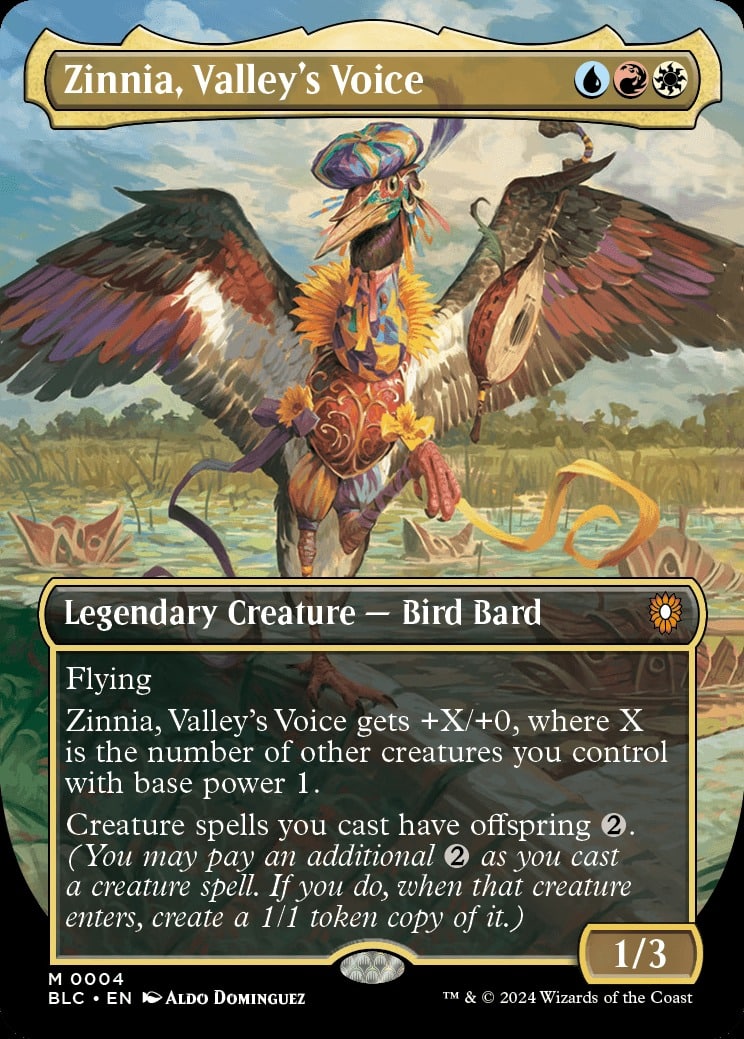
While 1/1 creatures aren’t threatening, the challenge is in numbers (and buffs to Zinnia). Blink twice, and your opponent suddenly has a horde of creatures that can give or block damage. They’ll die in spades, but Zinnia allows quick deployment of new creatures, so you’re soon to be swarmed by animals. In my session, everyone on our table was swamped with tiny beings – and with a few other cards for synergy, their power was boosted significantly.
Read: Getting into Magic: The Gathering as an adult has reshaped my brain
If you’re ever playing against Zinnia, it might be pertinent to watch that player’s armies and ensure they don’t grow too large, too quickly. Even with that early mistake, I had excellent fun playing against Zinnia and the other Bloomburrow cards – because it really is hard to stay mad when you’re facing down bouncing bunnies, wizard mice, mouse knights, and squirrel gangs.
Bello, Bard of the Brambles also had some very neat quirks I’m eager to master.
Bello, Bard of the Brambles has a very neat magic trick
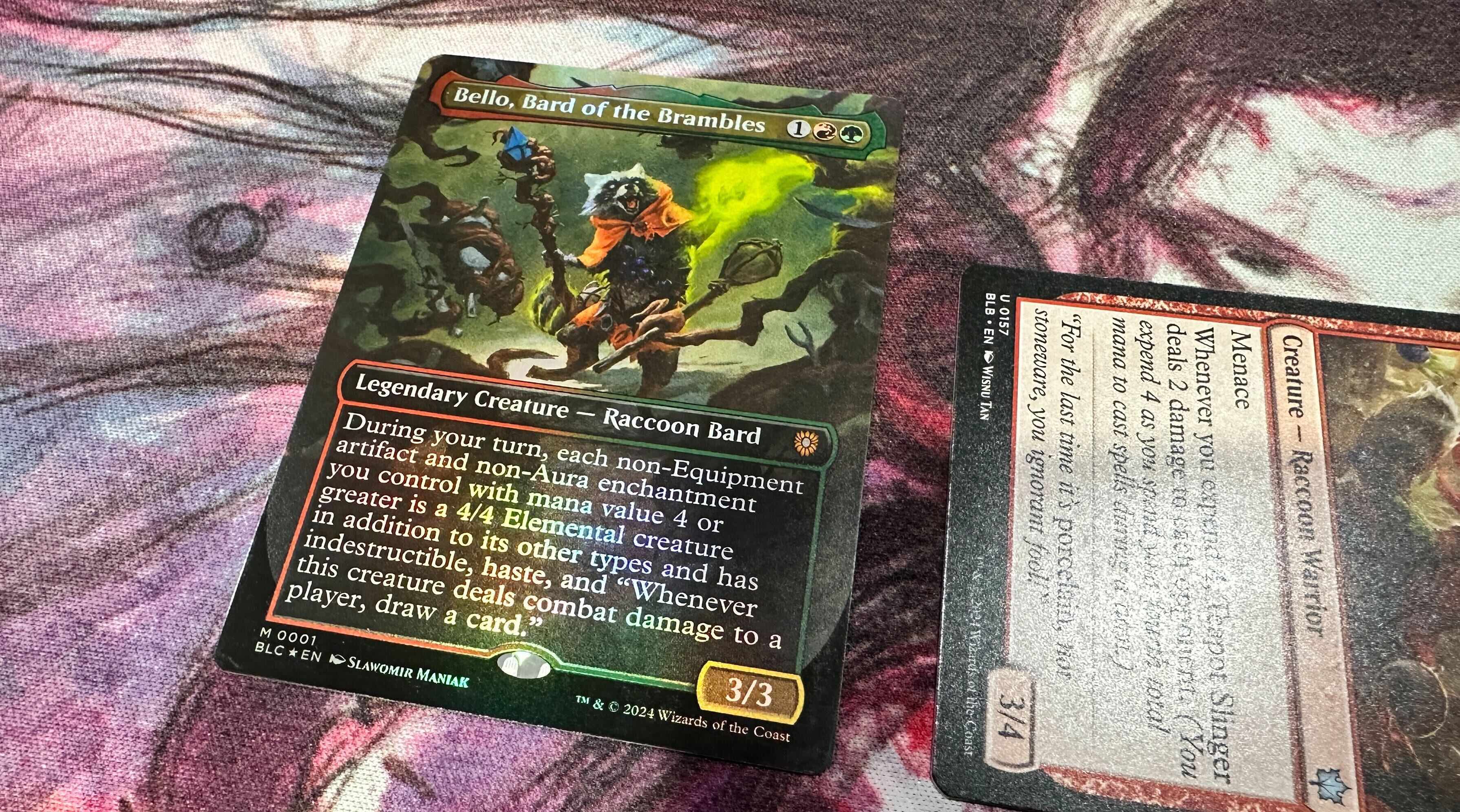
The crux of the Bello, Bard of the Brambles Commander Deck is this: raccoon collects trash, raccoon animates trash into elemental creatures. And there’s plenty of quirks with this system. For one thing, the Bello deck comes loaded with mana ramp cards (including treasure-grabbers), so you’ll quickly be able to build your stock of mana to summon more powerful cards to the battlefield.
That comes in handy immediately, as much of this Commander Deck comprises high mana value artifacts and enchantments. Once you play Bello, you’ll be able to wield these cards in dual fashion: as long as they have mana value 4 or greater, you can cast them as artifacts or enchantments to use their abilities, and during your turn they will also be 4/4 Elemental creatures that have indestructible and haste.
So, during your turn, you may initiate combat without summoning sickness (for those eligible cards), then dunk on your opponents without fear of them being destroyed. When your turn is over, your artifacts and enchantments lose their status as creatures – and therefore can only be targeted by artifact or enchantment-focussed cards.
The caveat here is that you’ll have no blockers if you only play your artifacts and enchantments as creatures – but it feels worth it for the high of being able to say “I hit you, no take-backsies.” Or rather “Your beastie hit me! / What do you mean? That’s just a cup and/or a weird shirtless man enchantment.”
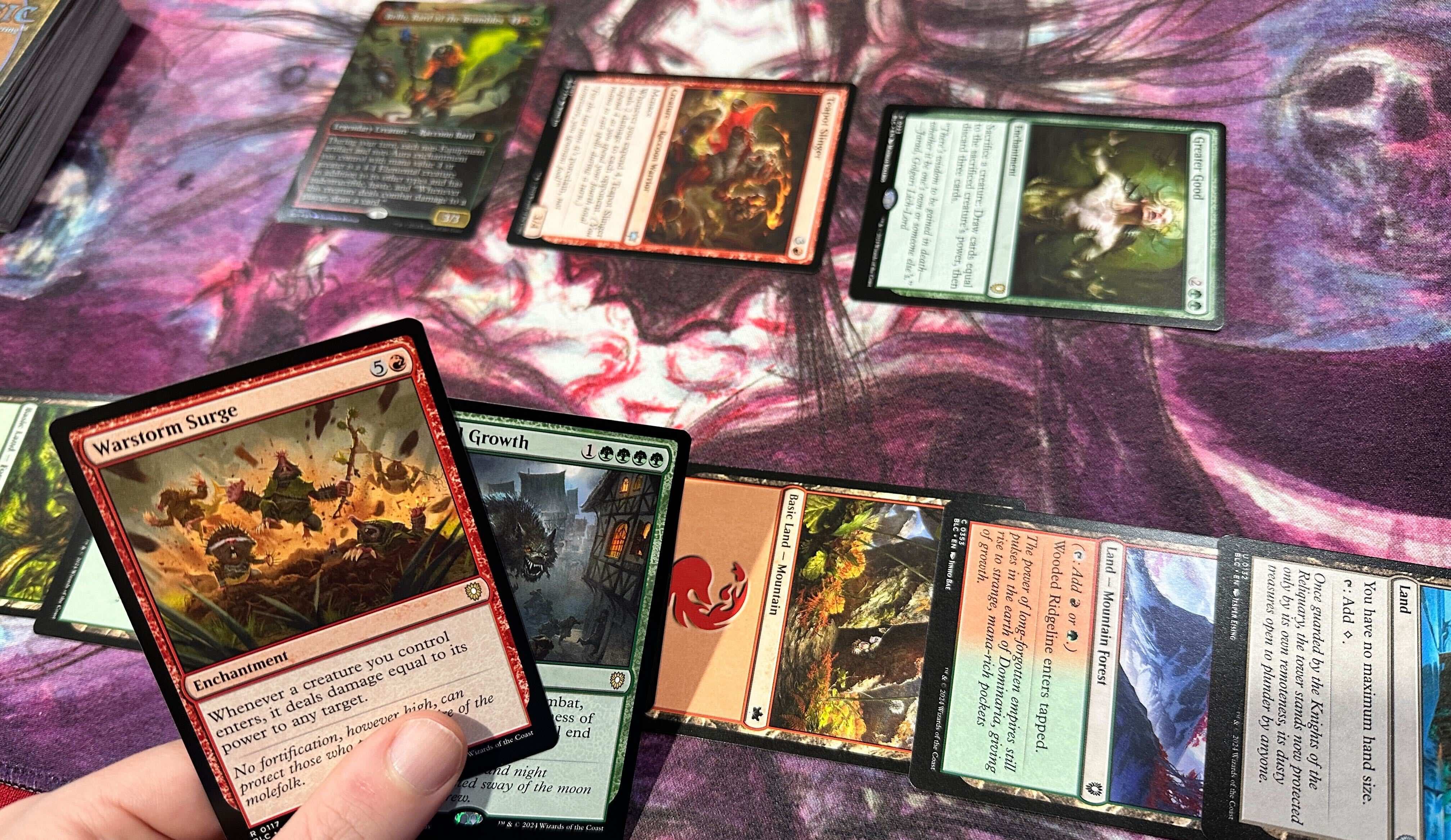
Beyond these cards, which are mightily useful with their dual abilities, the Bello Commander Deck is also packed with feral little trash guys that have their own unique impact on the battlefield. Teapot Slinger was a particular favourite as this raccoon has menace, and every time you expend four mana, he deals 2 damage to each opponent (very useful once players start getting tricky with defence). Thematically, Teapot Slinger is also great. He’s just a little guy that throws teapots when he gets angry – and I love that for him.
Beasties are my besties
Even beyond these strong Commander Decks, Bloomburrow continued to be a delight. After eating a loss to Zinnia, I turned my focus to cracking some booster packs, and found a smorgasbord of cool beasties in individual card draws. I was particularly enamoured with Mabel, Heir to Cragflame – a tiny, cutesy mouse who wields a flaming sword and boosts other mice.
I also drew Camellia, the Seedmiser, a gothy squirrel warlock who gives all squirrels menace and summons green squirrels whenever you sacrifice food. That’s not mention a whole cavalcade of other neat snakes, bears, otters, deer, weasels, and birds that make up the rest of Bloomburrow’s cohort.
CODE WORD: Seedmiser
Playing this set feels a lot like playing a different game, separate from MTG – if only because it feels sweeter and nicer, and much more like reading Redwall as a child. There’s a real sense of whimsy in each card’s design, and the chosen mechanics are all very strong, thematically. You’re being told a story in Bloomburrow, and it feels cosy and wholesome to listen in, even when deadly predators enter the battlefield, or Zinnia helps to birth another hundred babies.
Bloomburrow is a fantastic new set, and while it is fairly siloed in the lore and world of MTG, it’s a great addition. Even when I’m playing my “surface level” decks, I’ll be thinking about Bloomburrow‘s tiny creatures, and the war they’re fighting beneath my feet.
An MTG: Bloomburrow Commander Deck and Booster Packs were provided by Wizards of the Coast for the purposes of this review.
